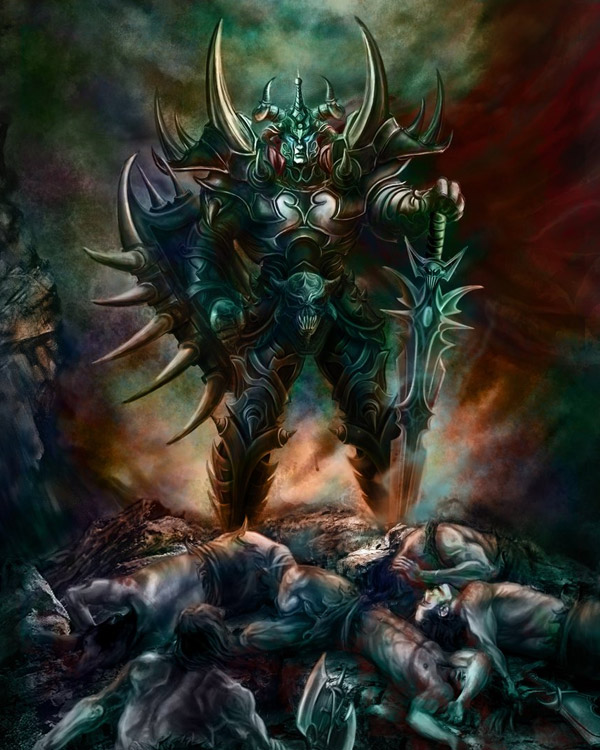
Ugo also collaborated with other leading artists, including Titian, and his prints were widely influential throughout Italy through the 17 th century.Ĭhiaroscuro woodcut printed from four blocks in grey-green ink - The Metropolitan Museum of Art, New York It's thought by some scholars that the two artists collaborated on this print.
Shadow era art series#
Considered to be one of Ugo's masterworks, the print was made with a series of blocks in darker tones, in order to reproduce the rich tonality and three-dimensionality of Parmigianino's wash drawing.

He was described as living in a wooden tub or barrel in a public square, reflected here in the setting, as the philosopher sits on a covered barrel and works with his "studio" around him. A leading Cynic philosopher, Diogenes rejected all the pleasures and comforts of earthly life for a life of meditation.

On the right, a featherless rooster stands upon a ledge, its presence and extended legs evoking Plato's description of man as a featherless biped, which Diogenes replied to with, "Here is Plato's man" as he pointed to a plucked chicken. With his cloak swirling around him, conveying the sweeping energy of his thoughts, the figure is muscular and dynamic, torqued in contrapposto stance. This woodcut shows the Greek philosopher Diogenes, a short stick in his right hand holding open the page of a book, as if marking a relevant text, with another open book in front of him. In the 20 th century, photography and filmmaking also strove for chiaroscuro effects as genres such as film noir naturally became new mediums upon which to explore the age-old concepts of light and dark.Other Baroque artists who were also masters were Rembrandt, Peter Paul Rubens, Francisco de Zurbaran, and Diego Velázquez. Some Mannerists, particularly the Spanish El Greco, adopted the style. Many artists and iconic works were inspired by chiaroscuro, tenebrism, and sfumato including da Vinci's Mona Lisa (1503) and Venetian artist Tintoretto's Last Supper (1592-94).Chiaroscuro, tenebrism, and sfumato were used by artists for different purposes: to create an air of mystery, private intimacy, psychological complexity, to evoke nightmarish realities, to produce haunting dramatic encounters, or to suggest the metaphorical battle of light and darkness playing out in a variety of contexts.These techniques would inform the heart of some of the biggest artistic developments to occur over the previous 1,500 years. A "rebirth" occurred in the arts and sciences and artists were elevated to genius status, subsequently becoming innovators of techniques such as linear and three-point perspective, sculpture in the round, and chiaroscuro. The Renaissance period brought a shift in modern thought toward Humanism, a movement that emphasized modern man as the center of the universe.Many offshoots born of these techniques remain today for painters involved in that long lineage of artists interested in illuminating visual narratives out from the shadows. It would become a defining stylistic feature of the Baroque period and, as a result, in contemporary usage often identifies the era. Caravaggio would play a leading role as well with his creation of tenebrism, another style that focused on the intense contrast between dark and light elements of a painting. Meaning "to vanish like smoke," it was a method that involved applying layers of thin glazes to inform a foggy, almost ethereal effect. Leonardo da Vinci was a chiaroscuro master who subsequently pioneered sfumato. Combining two Italian words - chiaro, "light" or "clear," and scuro, "dark" or "obscure," it became an artistic method using gradations of light and shadow to create convincing three-dimensional scenes where figures and objects appeared as solid forms. The era's artists accomplished this through new techniques centered upon the manipulation of light and dark, the father of which was chiaroscuro.

The grandeur of the Renaissance was mirrored by its equally lush style of artwork, out from which evolutions in drama and depth were innovatively conveyed. Summary of Chiaroscuro, Tenebrism, and Sfumato


 0 kommentar(er)
0 kommentar(er)
